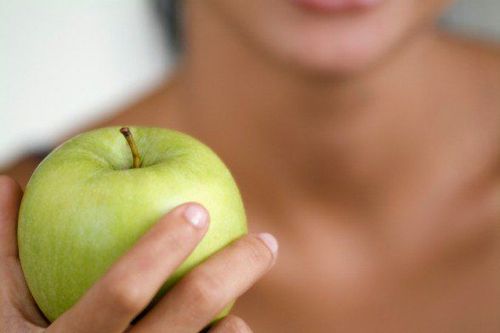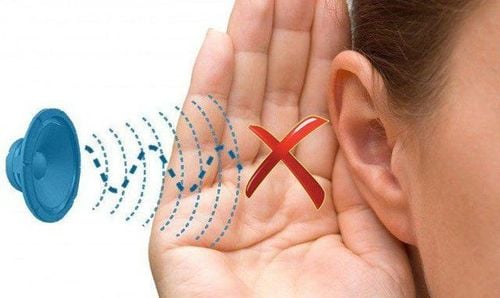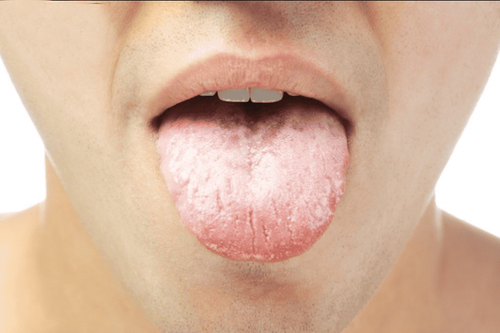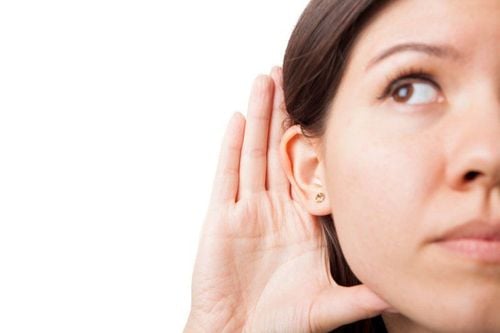This is an automatically translated article.
Many of us have had unexpected and enjoyable taste experiences in different ways to enhance the senses of smell, feeling, taste, sight and hearing. So, how do your senses affect what you eat? Read the following article to better understand the relationship between human senses and food.
1. How do the senses influence food choices?
Everyone knows that the presentation of food plays a huge role in how we taste that food. The overall presentation of the dish is an important part of the dining experience or what we often call “eating with the eyes”. The texture of food is also important when it comes to eating. What we eat or how much we eat is not determined solely by our taste buds.
Usually, we tend to focus on a combination of 5 main flavor indicators: Sweet, Salty, Sour, Bitter and Umami (which in Japanese means "delicious taste" or "meat sweetness" ). All of our senses play an equally important role in meal selection.
1.1. Taste of Food (Taste and Smell)
Taste and smell are one of the most powerful sensory connections we have. In fact, smell is an important part of how we perceive taste. It has been predicted that humans can smell between 1,000 and 4,000 classified odors, which are fruity, floral, spicy, burnt, plastic, and rotten.
Research shows that smell has the ability to suppress sour taste or enrich sweetness. This association explains why people with upper respiratory tract infections or sinus problems tend to temporarily lose the ability to taste.
Drinking alcohol reduces the effect of the sense of smell because it changes the way the brain perceives the aroma of food. In particular, it makes everything smell better. That's why people tend to eat more when drinking alcohol, beer or other stimulants.

Vị giác và khứu giác là một trong những liên kết giác quan mạnh mẽ nhất mà chúng ta có.
1.2. Sound (Hearing)
Certain sounds can change people's perception of food. Recently, researchers wanted to determine if there was a relationship between hearing and taste. Research has shown that listening to background music related to "ice cream" makes people perceive chocolate as "ice cream" more.
Another study was done to show how taste perception is affected by the difference in sound that food makes when it is consumed. After eating the fries, the participants were instructed to complete a questionnaire about the freshness of the chips. Interestingly, the results showed that those who ate with increased noise rated fresh potatoes more.
We all know that we have to politely keep our mouth shut when we eat. Here's some surprising news, though: The sound of that chewing can help people. It has been noted that people are likely to eat less if they are more aware of the sound food makes while they are eating.
1.3. Feeling (Touch)
When it comes to touch, a sense developed from childhood plays an important role in getting us ready to eat a certain fruit or vegetable. Activities for preschoolers that involve touching fruits and vegetables are proportional to the tasting of the items offered. Also, babies are more likely to accept vegetables if they can feel the food before consuming it.
Feeling the food is very important but unfortunately, most people tend to gobble up the food in their bowls too quickly without really feeling the texture of the food. People should chew food more carefully, because this will not only help you feel the food exactly, but will greatly support the digestive system. Improper chewing also limits the absorption of vitamins and nutrients because food is not broken down enough for absorption during digestion. So, although a bowl of rice has a lot of food, it will not be good for health if we only chew 2 times each piece.

Việc cảm nhận thức ăn là rất quan trọng.
1.4. Looking at Food (Visual)
Visually, it is thought that the popularity of sharing food images via social networks increases the likelihood of food exposure, which in turn, leads to increased calorie intake.
We often hear grandparents or parents say that "the eyes are full". Science defines this as the physiological, behavioral, and neural response to stimulation by the image of food. While this research tends to focus on high-calorie foods, seeing images of healthy foods can also help encourage people to eat more "healthy" foods.
Color is an important part of vision and eating. It was found that red on utensils was associated with reduced intake compared to blue and white. Packaging also plays an important role in regards to vision and eating. In a study that examined differences in emotional responses to sweeteners, it was determined that, when presented with a packet of branded and packaged sweeteners, satisfaction increased.
Vision really has a big impact on our eating choices. Example: Bigger spoons and bowls often lead to more eating, an effect that is part of the famous diet where larger plates make servings appear smaller, leading people to misjudge the amount of food they are eating. Meanwhile, using a smaller plate will make them feel that the same amount of food is enough.
The shape of food can also affect one's taste buds. One study found that people rated globed beets as sweeter than beets cut into triangles. It is important that you synchronize your senses to get the most out of what you eat. We need to slow down while eating and focus on the feel, smell, sound and appearance of the food to get a better feel.
2. How do the senses affect the taste of food?
Why is food sometimes better or worse than we thought? We know that tasting is a multi-sensory experience, but research shows that our taste buds can actually be fooled by our other senses. So, what senses influence our food taste?
2.1. Hearing
Listening to music while eating can affect the way we taste food. A study by Oxford professor - Charles Spence - has shown how listening to different music while enjoying chocolate affects its taste. People who listened to sad music while tasting chocolate tasted more bitter, while the same chocolate tasted sweeter to those who listened to happy music. Therefore, choose the sounds for our meal/party carefully.

Socola có vị khác nhau khi chúng ta nghe những loại nhạc khác nhau (Theo một nghiên cứu).
2.2. Sight
The effect of color on food is really huge. For example, red is associated with fruit flavors. It affects so much that winemakers are actually fooled when they perceive flavors commonly found in red wine in a white wine that has been dyed red. When it comes to chocolate, it is noted that orange is an effective complementary color. Professor Spence's research has shown that drinking hot chocolate from an orange cup improves taste perception. Not only the color but the general appearance of the food can also make it more appealing. For example, chocolate with a high shine is much more appealing than chocolate with a dull outer layer.
2.3. Odor
Odor is directly related to the taste of food because the taste of each food is made up of a combination of different tastes and odors. One of the reasons we enjoy chocolate is its pleasant scent, which can evoke memories of enjoyable times like childhood delights or vacations. However, the smell of food is not the only way our noses can enhance our experience of them. A study by the University of Utrecht has shown that we can actually feel the joy of others through pheromones, a chemical in the body that has the ability to change the behavior of others. If you're dining with someone, chances are you'll enjoy the same food as them. So enjoy delicious food with a favorite friend to enhance the dining experience.
2.4. Tactile
Luxurious materials are known to have a positive impact on our food enjoyment. For example, in tests, the same coffee was noted to taste better from porcelain cups than from plastic or polystyrene cups. Because we can all over-appreciate/underestimate food, restaurants strive to serve their diners luxurious chocolates or exquisite pastries on tall crockery plates. level to encourage them to spend time and enjoy the experience with the restaurant's dishes.
Many people still mistakenly believe that the taste of food determines the deliciousness of those dishes. However, many studies have shown that not only taste and smell are involved in the deliciousness of dishes, but all of our other senses are involved in this process. Therefore, instead of only paying attention to the taste of the food, housewives should also focus on the arrangement of the dishes as well as the sounds while eating to make the family meal more perfect. .
Please follow the website: Vinmec.com regularly to update many other useful information.
Please dial HOTLINE for more information or register for an appointment HERE. Download MyVinmec app to make appointments faster and to manage your bookings easily.
Reference articles: christellebedrossian.com, chouchoute.co.uk, webmd.com, deannaminich.com













